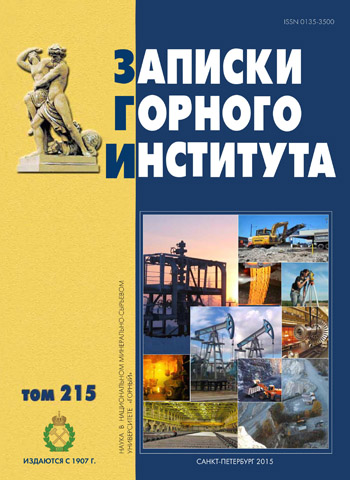On the design features of underground multiple gassy coal seam mining
- Ph.D., Dr.Sci. professor National Mineral Resources University (Mining University)
Abstract
The analysis of the industry regulatory requirements and the world design experience of underground multiple coal seam mining is provided. The main problems of intensive longwall mining of multiple flat gassy coal seams as well as methods for determination of high rock pressure zone parameters and seams interaction are considered. The examples of a number of mines in the Kuzbass and Pechora coal basins show that the design of multiple seam mining and the choice of longwall panel parameters were often made without taking into consideration influence of surrounded seams that leads to essential complication of conditions for mining operations and decreases the technical and economic indicators of mining. The existing industry regulations do not allow considering complex influence of factors in multiple coal seams mining fully. On the basis of field, laboratory, and numeric research results it is noted that recommendations for pillar positioning in contiguous seams ensuring efficiency and safety of multiple seam longwall mining can significantly differ in case of liability of coal seams to spontaneous combustion, high natural gas content, influence of multiple seam mining onto daily surface, and difficult conditions of entries maintenance. The importance of having information on the stress-strain condition of the rock mass at a design stage and its changes in the process of multiple seam mining is shown. The need for industry regulations updating for the purpose of a more detailed definition of a form, size and a location of high rock pressure zones as well as stress parameters in these zones is noted. A set of recommendations for effective and safe multiple seam mining is developed.
